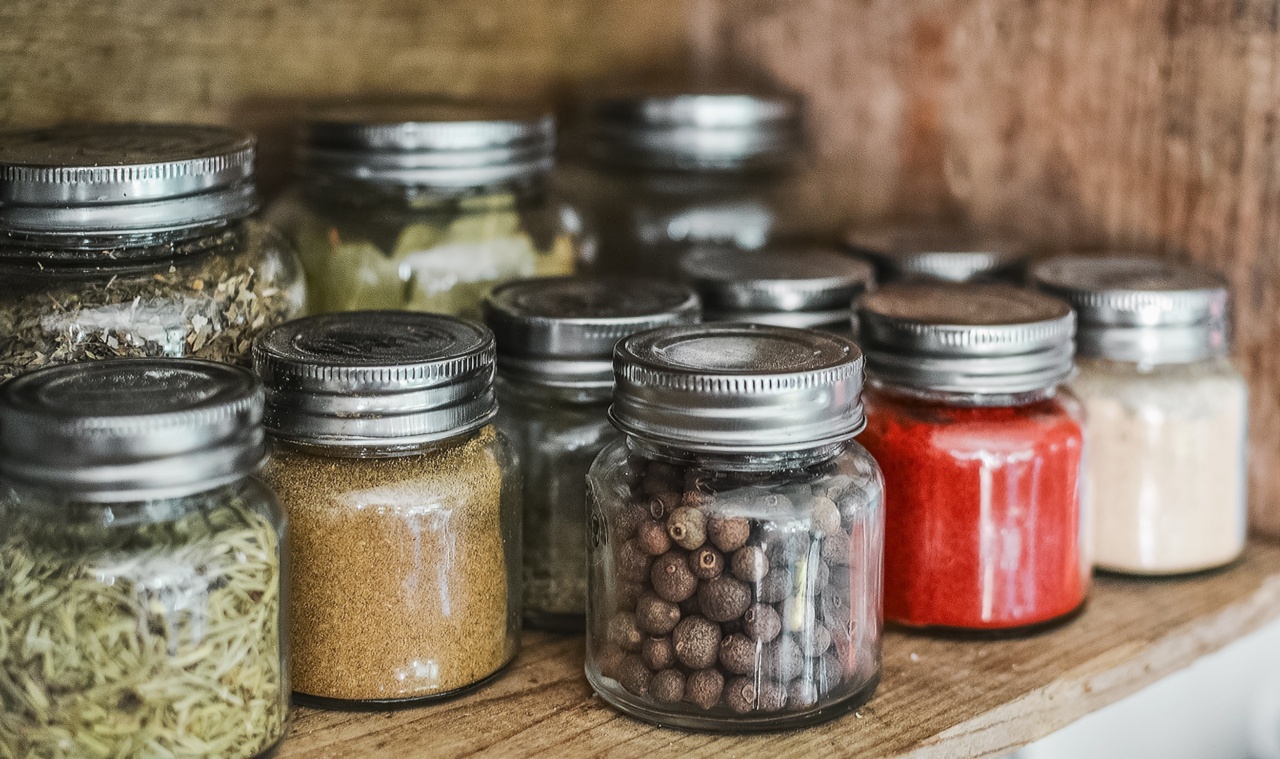The Vikings were known for their brutal and fearless nature, but what is less known is their diet. The traditional Viking cuisine was rich in proteins, fibers, and healthy fats that were essential for their strong and muscular physique.
Surprisingly, many of these ancient foods are still relevant today, and their consumption can boost your heart health. In this article, we will explore the benefits of traditional Viking cuisine and some delicious recipes that you can incorporate into your diet.
1. Fatty Fish
One of the key components of the Viking diet was fatty fish, such as salmon, mackerel, and herring. These fish are an excellent source of Omega-3 fatty acids that are essential for heart health.
They also provide high-quality protein that can help build and repair muscles. Studies have shown that consuming Omega-3s can reduce triglycerides, lower blood pressure, and reduce the risk of heart disease.
Incorporating fatty fish into your diet can be as easy as adding salmon to your salad or enjoying some smoked mackerel on whole-wheat crackers.
2. Root Vegetables
The Vikings relied heavily on root vegetables such as carrots, beets, and turnips to provide energy for their long journeys and keep them warm during the cold winter months.
These vegetables are high in fiber, which can help lower cholesterol and improve digestion. They are also packed with antioxidants that can protect your cells from damage caused by free radicals. Roasting root vegetables with a little olive oil and sea salt is a delicious and healthy way to enjoy them.
3. Berries
The Vikings were skilled at foraging and often picked wild berries such as lingonberries, bilberries, and cloudberries. These berries are low in calories and high in fiber and antioxidants.
They have been linked to reducing inflammation, improving insulin resistance, and reducing the risk of heart disease. Adding some fresh berries to your yogurt or oatmeal can be a healthy and nutritious breakfast option.
4. Bone Broth
The Vikings also made use of every part of the animal and often boiled the bones to make broth. Bone broth is a rich source of collagen, which can improve skin, joint, and bone health.
It also contains essential amino acids that can support immune function and improve sleep. Bone broth can be prepared by simmering bones in water with some vegetables and herbs for several hours. Drinking a cup of bone broth before bed can help you sleep better and wake up feeling more energized.
5. Fermented Foods
The Vikings fermented foods such as sauerkraut, pickles, and yogurt to preserve them and create unique flavors. Fermented foods are rich in probiotics that can improve gut health and boost the immune system.
They have also been linked to reducing inflammation and improving mental health. Incorporating fermented foods into your diet can be as simple as adding some sauerkraut to your sandwich or having some yogurt with your breakfast.
6. Game Meat
The Vikings hunted wild game such as venison, elk, and boar to supplement their diet. Game meat is leaner than conventional meat and contains less saturated fat.
It is also higher in iron and vitamin B12, which are essential for red blood cell production and energy metabolism. Adding some venison stew or elk burgers to your meal plan can provide a flavorful and nutritious alternative to beef.
7. Nuts
The Vikings gathered nuts such as hazelnuts, walnuts, and almonds from the forest floor. Nuts are a great source of healthy fats, fiber, and protein.
They have been linked to reducing inflammation, improving cholesterol levels, and reducing the risk of heart disease. Nuts make a great snack on their own or can be added to salads or roasted with some spices for a delicious and healthy snack.
8. Dark Chocolate
The Vikings traded with other cultures, and one of their prized possessions was cacao beans. Dark chocolate, made from cacao beans, is a rich source of antioxidants that can protect your cells from damage.
It has also been linked to reducing blood pressure and improving blood flow to the heart and brain. Dark chocolate can be added to your diet in moderation and enjoyed as a delicious treat.
9. Seaweed
The Vikings lived near the sea and often consumed seaweed such as dulse, kelp, and nori. Seaweed is a rich source of iodine, which is essential for thyroid function, and can improve heart health by reducing blood pressure and cholesterol levels.
Seaweed can be added to soups and salads or enjoyed as a snack in its dried form.
10. Rye Bread
The Vikings made bread from rye flour that was high in fiber and more nutritious than wheat bread. Rye bread is lower in gluten and has a lower glycemic index, meaning it can help regulate blood sugar levels.
It is also a great source of vitamins and minerals such as vitamin E, magnesium, and potassium. Enjoying some rye bread with your lunch can be a healthy and satiating choice.
Conclusion
The traditional Viking cuisine may seem ancient, but many of the foods they consumed are still relevant today.
Incorporating fatty fish, root vegetables, berries, bone broth, fermented foods, game meat, nuts, dark chocolate, seaweed, and rye bread into your diet can provide numerous health benefits. These foods are rich in essential nutrients that can boost your heart health, improve your digestion, and strengthen your immune system. By adopting some of these Viking foods into your diet, you can enjoy a healthier and more nutritious lifestyle.






























